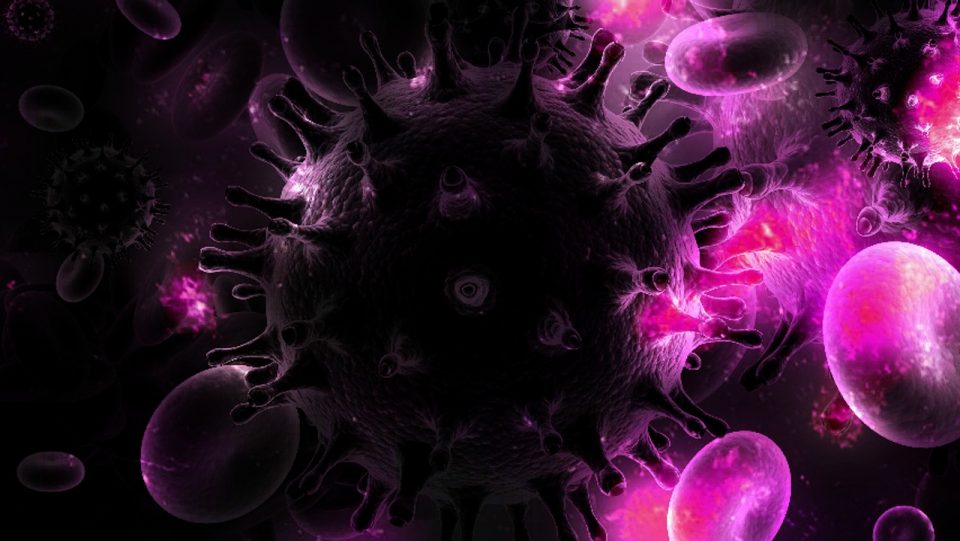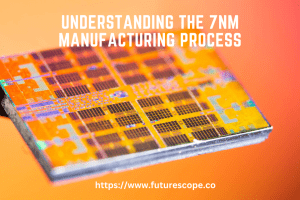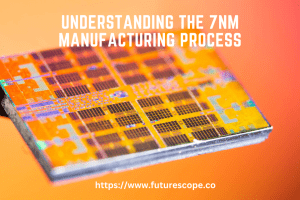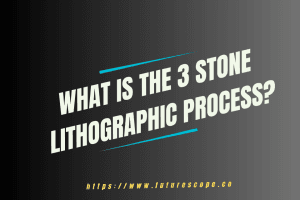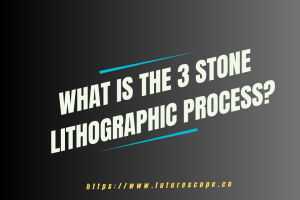Last Updated on March 3, 2017 by Editor Futurescope
A team of the Higher Council for Scientific Research (CSIC) in Spain has developed a biosensor that can detect HIV-1 during the first week after infection.
The experiments, performed with human serum, detect the p24 antigen, a protein present in the HIV-1 virus. The technology, patented by the CSIC, detects this protein at concentrations 100,000 times lower than current systems.
The total trial time is four hours and 45 minutes, so clinical results could be obtained on the same day. The research is published today in the journal PLOS ONE.
The biosensor combines micro mechanical silicon structures with gold nano particles, both ‘fictionalized’ with p24-specific antibodies. At the end of the immunology, p24 is sandwiched between the gold nano particles and the micro mechanical silicon structures.
These nano particles have optical resonances known as plasmons able to disperse light very efficiently and have become one of the structures that have attracted more interest in the last decade in the field of optics.
Micro mechanical structures are excellent mechanical sensors capable of detecting interactions as small as inter molecular forces. The combination of these two structures produces mechanical and optical signals to detect p24, which amplify one another producing extraordinary sensitivity.
The new Biosensor detects HIV method being applied for the early detection of some types of cancer.
“The chip is the same for HIV testing as for the cancer bio markers. What changes is the chemical part, the solution we put in to react. Our work is focused on developing applications for this new technology, “says Javier Tamayo, who works at the Institute of Microelectronics in Madrid.
“The biosensor uses structures that are manufactured with well-established technologies in microelectronics, which allows their production on a large scale and at low cost. This, together with its simplicity, could make it a good candidate to be used in developing countries, “says Tamayo.
The experiment is started by incubating on the sensor one milliliter of human serum for one hour at 37 ° C to allow binding of the HIV-1 p24 antigens, if any, to the capture antibodies located on the surface of the sensor.
After this, it is re-incubated, but in this case with gold nano particles, at 37 ° C for 15 minutes for the labeling of the captured p24 proteins. Finally, the resulting material is rinsed to remove unbound particles.
“The total time of the trial is really fast, so to confirm the diagnosis you could even repeat the tests and the clinical results could be on the same day of the medical checkup. The results are statistically significant and could be adapted to medical requirements, “adds Tamayo.
Acute human immunodeficiency virus infection is defined as the time from virus acquisition to serum conversion, ie the onset of detectable antibodies to HIV in the blood.
There are two ways to detect HIV in the blood. The infection can be diagnosed by detecting viral RNA in the blood by nucleic acid amplification tests, or by detecting p24 with fourth generation immunology.
The first method, based on blood detection of viral RNA, has a detection limit of 20 to 35 copies of RNA per milliliter, i.e. a concentration typically occurring two weeks after HIV acquisition.
In the second method, during the fourth generation immunology, a detection limit of p24 of 10 picograms per milliliter, a concentration reached approximately three or four weeks after infection, is reached.
The duration of the stage between infection and serum conversion is approximately four weeks. Early detection of HIV is crucial for improving the health of the individual. Progressive changes occur after HIV acquisition, such as irreversible depletion of CD4 lymphocytes in the gut, replication in the central nervous system, and establishment of latent reservoirs.



